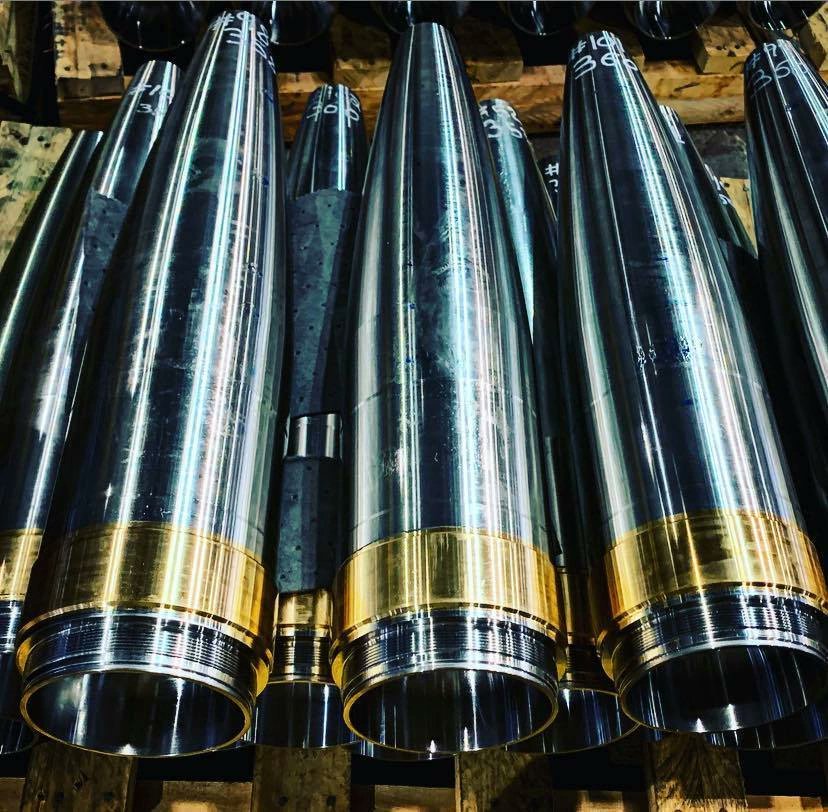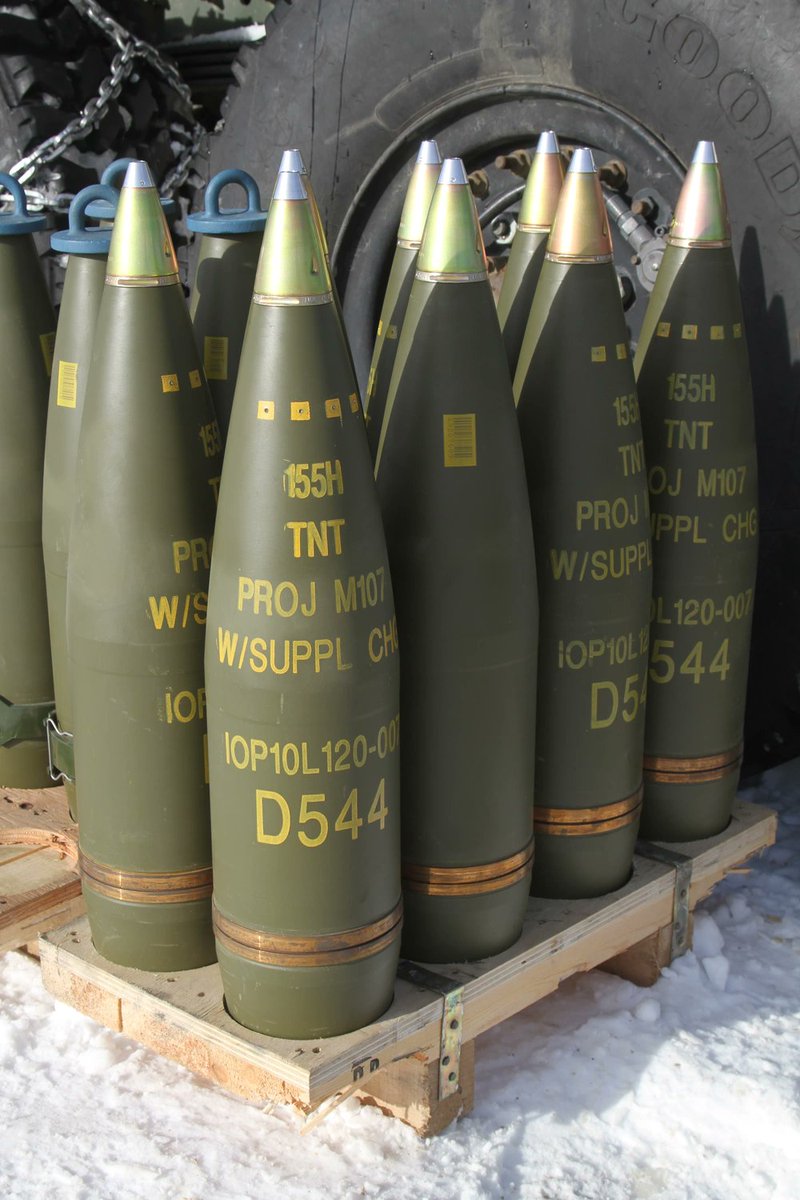The U.S. military needs an industrial backbone to function–rocket motors, ball bearings, munitions–to shoot missiles and counter drones
That backbone just got a major boost from the national security supplemental
Here are 4 big bottlenecks the $20B injection will tackle (🧵)
That backbone just got a major boost from the national security supplemental
Here are 4 big bottlenecks the $20B injection will tackle (🧵)

1️⃣ SOLID ROCKET MOTORS
One is the production of solid rocket motors used for everything from Javelin anti-tank weapons that can hit a tank from a little over a mile away to intercontinental ballistic missiles that can propel warheads across the Atlantic and Pacific oceans if a U.S. war with Russia or China ever went nuclear.
(U.S. Navy Photo/Released)
One is the production of solid rocket motors used for everything from Javelin anti-tank weapons that can hit a tank from a little over a mile away to intercontinental ballistic missiles that can propel warheads across the Atlantic and Pacific oceans if a U.S. war with Russia or China ever went nuclear.
(U.S. Navy Photo/Released)

Aerojet Rocketdyne, which was recently bought out by L3Harris Technologies for nearly $5 billion, was one of only a few suppliers.
But the supplemental gives several billions of dollars for companies, such as Orbital ATK, to expand their solid rocket motor facilities.
But the supplemental gives several billions of dollars for companies, such as Orbital ATK, to expand their solid rocket motor facilities.
And it provides money from the Defense Production Act—the same law that Washington used to force U.S. manufacturers to produce more masks, gloves, and face shields during the coronavirus pandemic—to build out a second tier of rocket motor suppliers.
Those include X-Bow Systems in Texas; Ursa Major in Colorado; and Adranos in Mississippi, which was recently bought out by defense technology company Anduril.
The idea is to fast-track work that wasn’t going to be done until at least 2026, if not later.
The idea is to fast-track work that wasn’t going to be done until at least 2026, if not later.
2️⃣ CRUISE MISSILE MOTORS
There’s also about $100 million to help Williams, one of the only American makers of cruise missile motors, speed up production in Michigan.
Some uses:
• Long-range anti-ship missile that might one day help Taiwan fend off Chinese landings
• Armor-piercing joint air-to-surface standoff missile
• Tomahawk land attack missile that is the U.S. Navy’s weapon of choice
• The Harpoon missile that the Ukrainians have used in the Black Sea.
(U.S. Navy photo by Mass Communication Specialist 1st Class Eric Garst/Released)
There’s also about $100 million to help Williams, one of the only American makers of cruise missile motors, speed up production in Michigan.
Some uses:
• Long-range anti-ship missile that might one day help Taiwan fend off Chinese landings
• Armor-piercing joint air-to-surface standoff missile
• Tomahawk land attack missile that is the U.S. Navy’s weapon of choice
• The Harpoon missile that the Ukrainians have used in the Black Sea.
(U.S. Navy photo by Mass Communication Specialist 1st Class Eric Garst/Released)

3️⃣ COUNTER DRONE
There’s a ton of counter-drone money, about $600 million, that will go toward Coyotes, a small drone capable of intercepting other drones.
There is also money for Roadrunners, an air defense munition that takes off vertically—just like the F-35 fighter jet variant flown by the U.S. Marines.
(U.S. Air Force photo by Tech. Sgt. Jeffery Foster)
There’s a ton of counter-drone money, about $600 million, that will go toward Coyotes, a small drone capable of intercepting other drones.
There is also money for Roadrunners, an air defense munition that takes off vertically—just like the F-35 fighter jet variant flown by the U.S. Marines.
(U.S. Air Force photo by Tech. Sgt. Jeffery Foster)

4️⃣ ODDS AND ENDS
There’s also money to build factories for ball bearings, printed circuit boards, and other subcomponents for the $311 billion that the Pentagon wants to spend in the upcoming year to develop new weapons. Processor assemblies, castings, forgings, microelectronics, and seekers for munitions have been major bottlenecks.
There’s also money to build factories for ball bearings, printed circuit boards, and other subcomponents for the $311 billion that the Pentagon wants to spend in the upcoming year to develop new weapons. Processor assemblies, castings, forgings, microelectronics, and seekers for munitions have been major bottlenecks.
But there are recruitment and attrition problems almost across the board, from welders at shipyards to rocket engineers, a generational problem that might need vocational-training fixes at the high school level and up.
(First photo was by Dori Whipple)
(First photo was by Dori Whipple)
Here is more from @ForeignPolicy on the Nat Sec Supp
foreignpolicy.com/2024/05/01/con…
foreignpolicy.com/2024/05/01/con…
• • •
Missing some Tweet in this thread? You can try to
force a refresh













